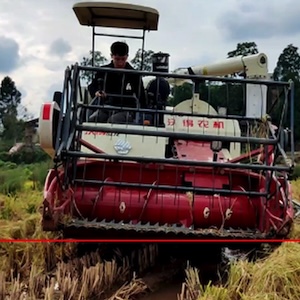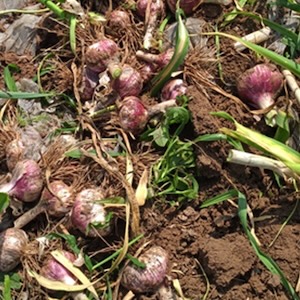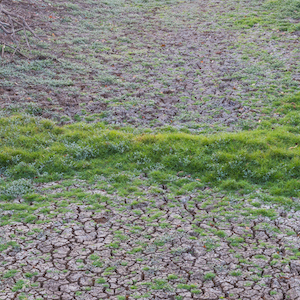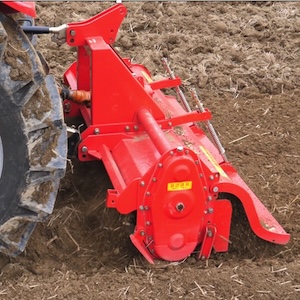A CFD simulation method for nozzle droplet deposition characteristics and corresponding experimental validation
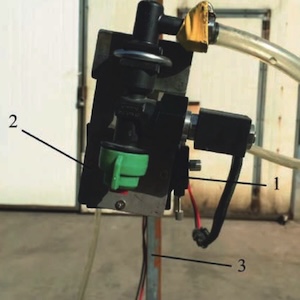
Published: 7 February 2025
Abstract Views: 144
PDF: 104
HTML: 15
HTML: 15
Publisher's note
All claims expressed in this article are solely those of the authors and do not necessarily represent those of their affiliated organizations, or those of the publisher, the editors and the reviewers. Any product that may be evaluated in this article or claim that may be made by its manufacturer is not guaranteed or endorsed by the publisher.
All claims expressed in this article are solely those of the authors and do not necessarily represent those of their affiliated organizations, or those of the publisher, the editors and the reviewers. Any product that may be evaluated in this article or claim that may be made by its manufacturer is not guaranteed or endorsed by the publisher.
Similar Articles
- Wei Deng, Chunjiang Zhao, Liping Chen, Xiu Wang, Constant pressure control for variable-rate spray using closed-loop proportion integration differentiation regulation , Journal of Agricultural Engineering: Vol. 47 No. 3 (2016)
- Dario Friso, Lucia Bortolini, Influence of the trajectory angle and nozzle height from the ground on water distribution radial curve of a sprinkler , Journal of Agricultural Engineering: Vol. 43 No. 1 (2012)
- Zhongkuan Wang, Sheng Wen, Yubin Lan, Yue Liu, Yingying Dong, Variable-rate spray system for unmanned aerial applications using lag compensation algorithm and pulse width modulation spray technology , Journal of Agricultural Engineering: Vol. 55 No. 1 (2024)
- Lei Liu, Xianliang Wang, Xiaokang Zhong, Xiangcai Zhang, Yuanle Geng, Hua Zhou, Tao Chen, Design and experiment of furrow side pick-up soil blade for wheat strip-till planter using the discrete element method , Journal of Agricultural Engineering: Vol. 55 No. 1 (2024)
- Jinpeng Hu, Yang Yu, Tianle Ma, Peng Liu, Lizhang Xu, Design of attitude-adjustable chassis and dynamic stress analysis of key components for crawler combine harvester , Journal of Agricultural Engineering: Vol. 56 No. 1 (2025)
- Caiqi Liao, Jin Chen, Fanzhao Geng, Xueming Tang, Airflow basin structure numerical optimisation analysis and suction nozzle characteristics experimental study of vacuum-vibration tray precision seeder , Journal of Agricultural Engineering: Vol. 53 No. 4 (2022)
- Simone Pascuzzi, The effects of the forward speed and air volume of an air-assisted sprayer on spray deposition in tendone trained vineyards , Journal of Agricultural Engineering: Vol. 44 No. 3 (2013)
- Noureldin Sharaby, Artyom Doroshenko, Andrey Butovchenko, Modelling and verification of sesame seed particles using the discrete element method , Journal of Agricultural Engineering: Vol. 53 No. 2 (2022)
- Albert Min, Nam Nguyen, Liam Howatt, Marlowe Tavares, Jaho Seo, Aeroponic systems design: considerations and challenges , Journal of Agricultural Engineering: Vol. 54 No. 1 (2023)
- Emanuele Cerruto, Claudia Aglieco, Sabina Failla, Giuseppe Manetto, Parameters influencing deposit estimation when using water sensitive papers , Journal of Agricultural Engineering: Vol. 44 No. 2 (2013)
You may also start an advanced similarity search for this article.

 https://doi.org/10.4081/jae.2025.1708
https://doi.org/10.4081/jae.2025.1708 





